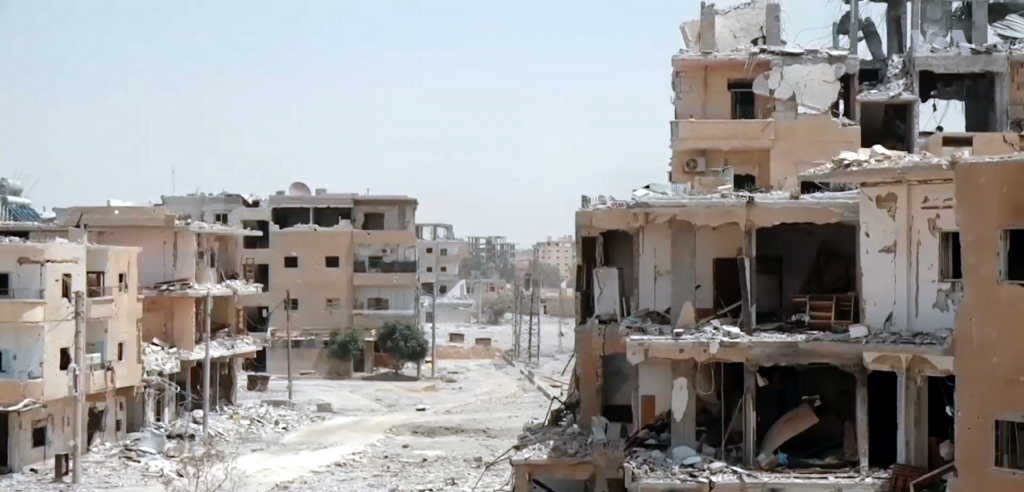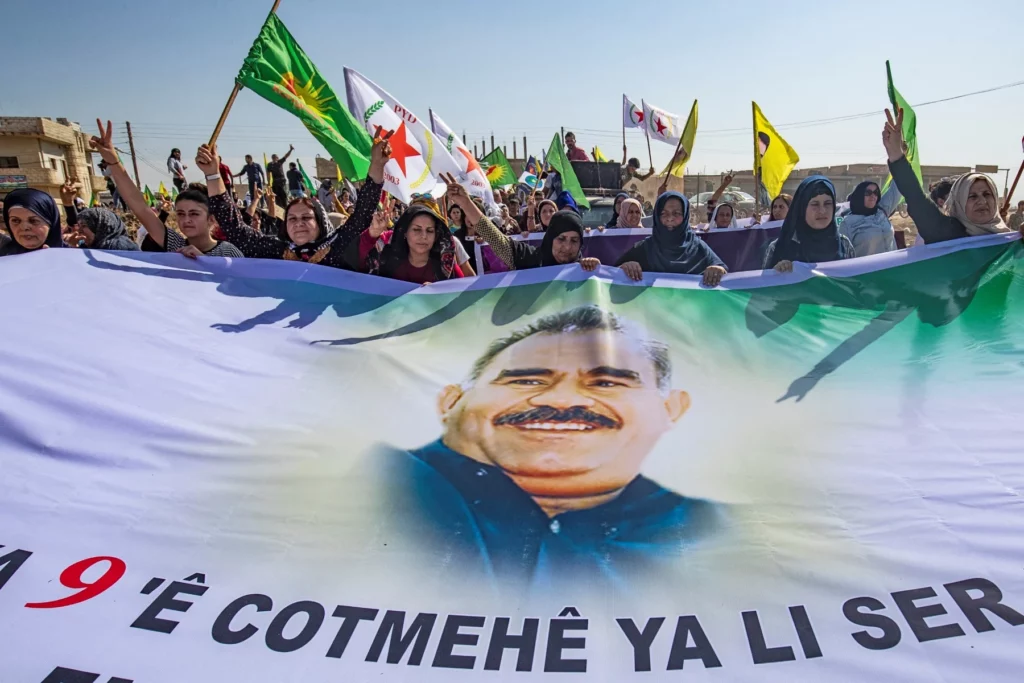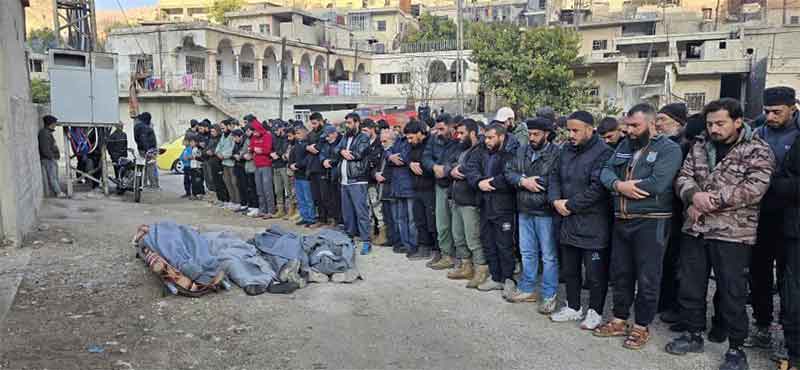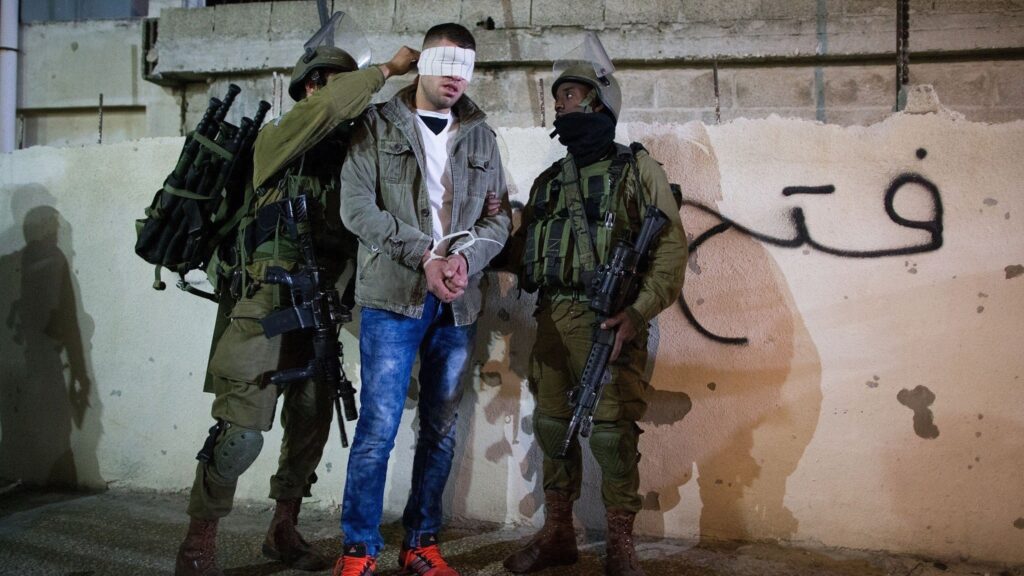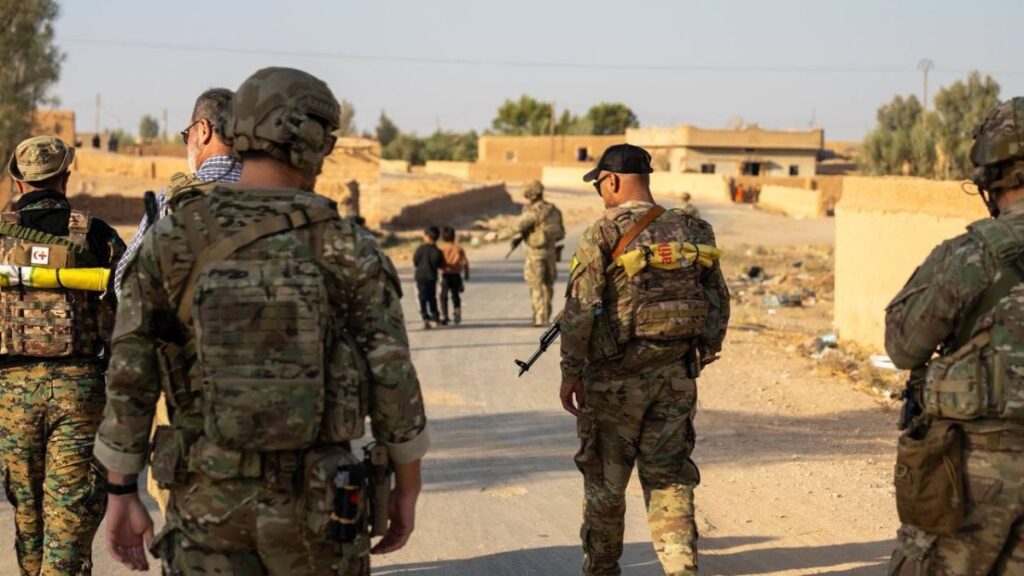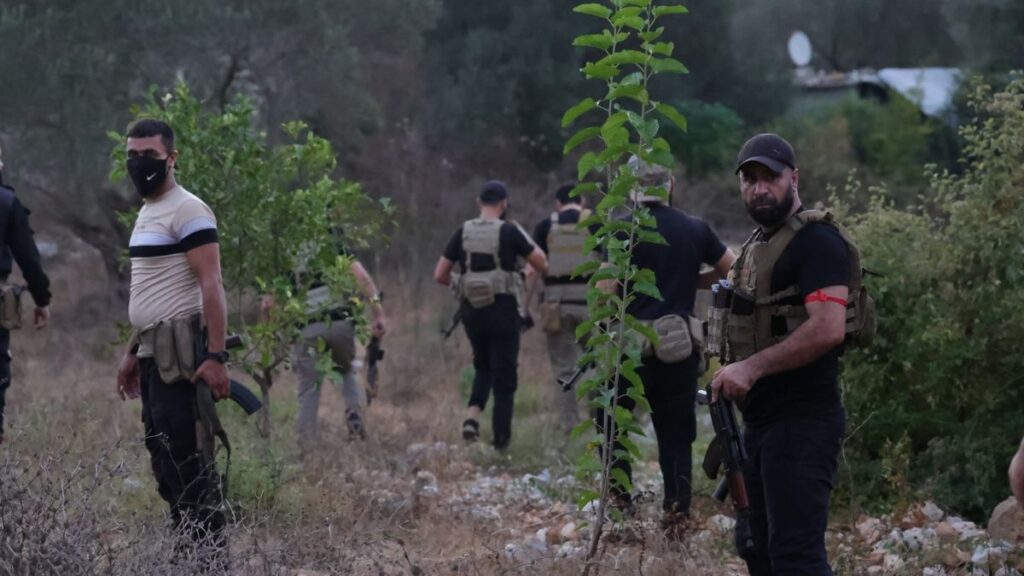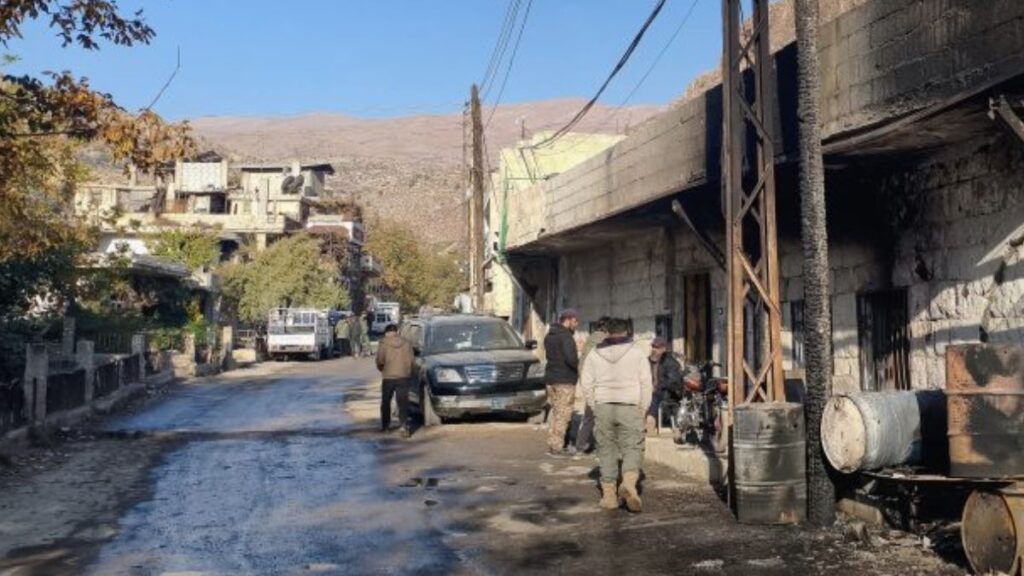After ISIS: Insights into Post-war Gaza Humanitarian Camps
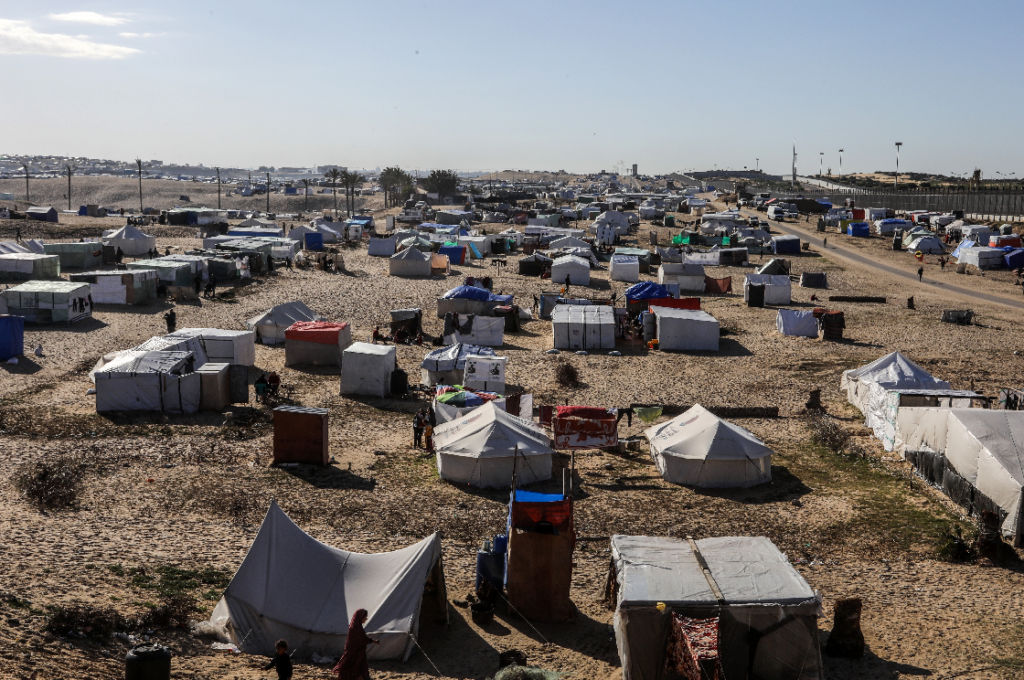
As Gaza faces one of the most severe post-war humanitarian crises in modern history, a crucial policy debate emerges: will displacement camps emerge to serve as a temporary humanitarian necessity, or become long-term internment sites potentially fuelling future radicalisation and conflict?

